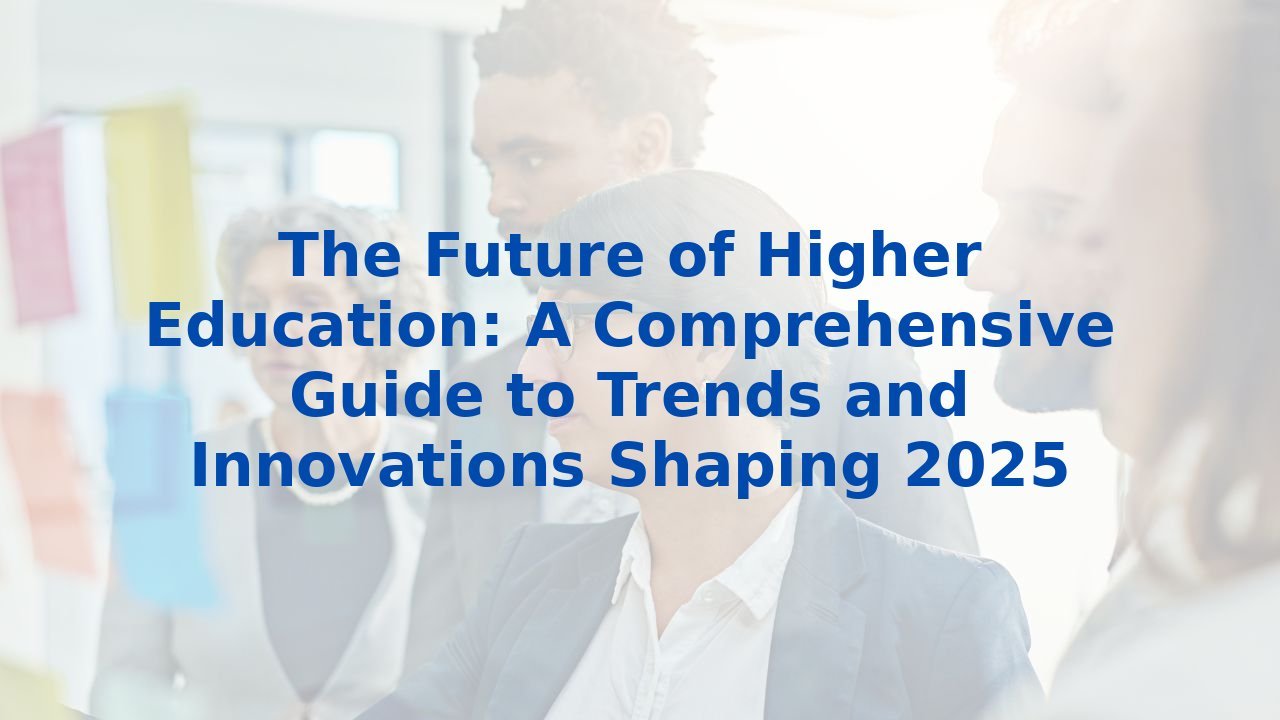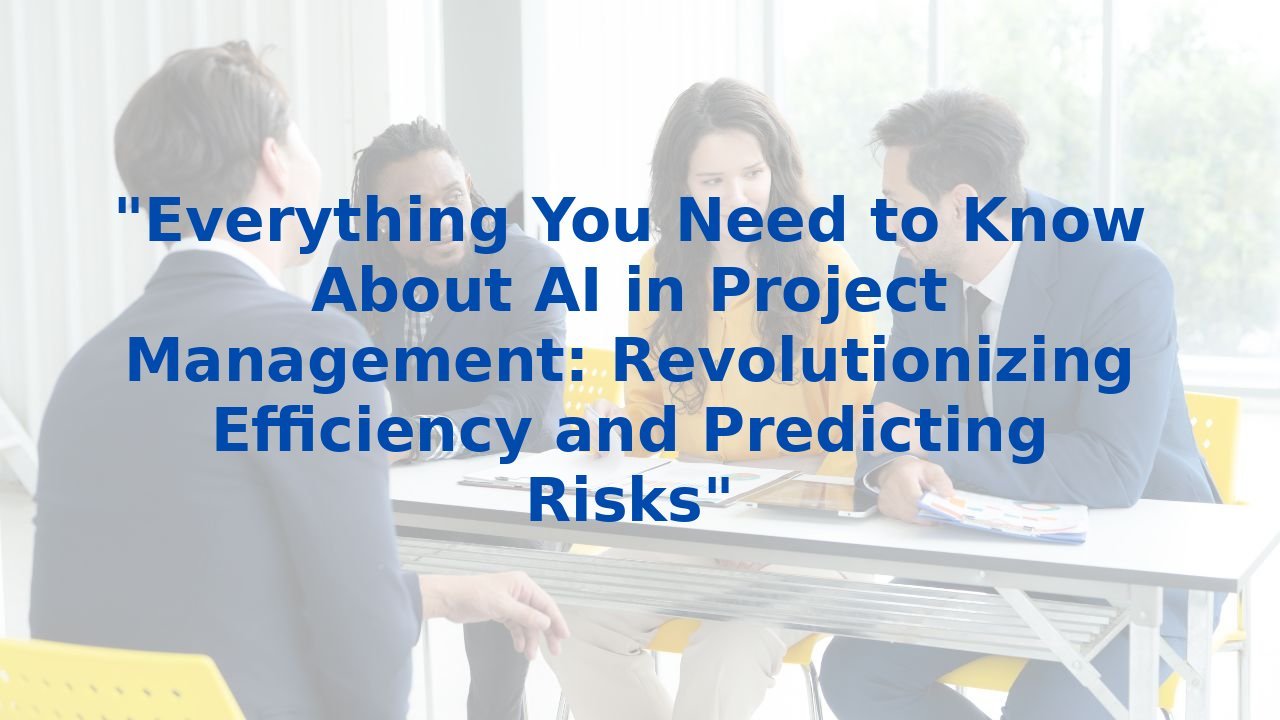The Future of Higher Education: A Comprehensive Guide to Trends and Innovations Shaping 2025
The Future of Higher Education: A Comprehensive Guide to Trends and Innovations Shaping 2025
The landscape of higher education is evolving at an unprecedented pace. As we approach 2025, institutions are faced with a myriad of challenges and opportunities, driven by technological advancements and societal shifts. Understanding these trends is crucial not only for educators but also for students and stakeholders who are invested in the future of learning. This guide explores the significant trends and innovations that will shape higher education in the coming years.
Declining Enrollment: The Enrollment Cliff
The anticipated decline in traditional college-aged students is one of the most pressing issues facing higher education today. Commonly referred to as the "enrollment cliff," this phenomenon stems from declining birth rates following the Great Recession. By 2025, it is projected that the number of college-bound students will decrease by over 400,000, affecting institutions' recruitment strategies and prompting a broader reevaluation of educational offerings. This decline poses a unique challenge that institutions must navigate by diversifying their programs and targeting new demographics.
Shift to Flexible and Accessible Pathways
The changing landscape of student demographics has prompted higher education institutions to adopt more flexible and accessible educational pathways. Online learning has emerged as a primary response, projected to become a $319 billion industry by 2025. This trend is fueled by the demand for cost-effective, convenient options that cater to diverse student needs. Moreover, students are increasingly interested in shorter, modular programs and lifelong learning opportunities, which align with the dynamic nature of today’s workforce requiring continuous skill enhancement.
Integration of AI and EdTech
The integration of artificial intelligence (AI) and educational technology (EdTech) is not just a trend but a significant transformation in how education is delivered and experienced. AI has the potential to serve as a personalized tutor, providing 24/7 support and customized feedback. Imagine a learning environment where real-time adjustments to teaching materials are made based on individual strengths and weaknesses. This not only enhances the learning experience but also fosters a more engaging educational atmosphere.
Furthermore, EdTech tools, including live online courses and extended reality (XR) technologies such as augmented reality (AR) and virtual reality (VR), are being adopted widely. These innovations offer immersive learning experiences, making education more interactive and compelling.
Focus on Career Alignment and Skills-Based Training
The perception of a traditional four-year degree is being reassessed as students increasingly seek relevant skills that meet the demands of the workforce. As a response, institutions are now offering skills-based training and certifications that complement traditional degrees. This shift not only enhances the value proposition of educational programs but also equips students with the skills employers are actively seeking. Providing pathways that align with career readiness ensures that educational institutions remain relevant and appealing to future students.
Benefits of AI for Higher Education
The incorporation of AI into the higher education sector can lead to substantial benefits, including:
- Personalized Learning: AI can deliver tailored instructional experiences, adapting to each student’s unique learning needs and preferences.
- Efficiency: Automation of routine administrative tasks allows educators to devote more time to enriching teaching and engaging with students on a deeper level.
- Data Analysis: AI has the capability to process vast amounts of data, offering insights that help institutions optimize their curriculum and better support student outcomes.
Training Employees for AI
- Technical Skills: Equipping educators with the know-how to seamlessly integrate AI tools into their teaching practices is essential.
- Pedagogical Skills: Educators should be trained to design curricula that effectively incorporate AI-driven materials, promoting innovation in the classroom.
- Soft Skills: The ability to collaborate with AI systems is becoming increasingly important, fostering a harmonious relationship between human intuition and machine learning.
By focusing on these areas, higher education institutions can harness the power of AI not only to address the challenges posed by declining enrollment but also to emerge as leaders in delivering relevant, high-quality education.
Conclusion
The future of higher education is being redefined by significant trends and innovations. By adapting to the changing needs of students through flexible learning pathways, integrating AI and EdTech, and emphasizing career-focused training, institutions can ensure they stay at the forefront of educational excellence. As we embrace this transformative period, the focus must remain on creating an enriching, supportive, and responsive educational environment for all learners.



